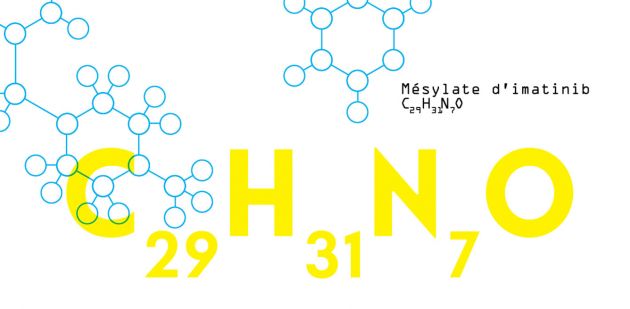Glivec, a drug used to treat a rare form of leukemia, costs each patient 50,000 Swiss francs a year. By adapting the dose to each person’s articular needs, that expenditure can be reduced and the benefits of the medicine increased.

Glivec, the brand name of the drug Imatinib, is a breakthrough medicine that halts the advance of a rare form of leukemia, chronic myelogenous leukemia, by accurately inhibiting its reproductive mechanism. It was the first in a fast-growing series of special new cancer drugs, the most recent of which address kidney, lung and liver cancer.
On launch in 2001, Glivec made the headlines because of its price: 50,000 Swiss francs a year for lifetime treatment. The manufacturer argued that the development of the drug required a sizeable investment given the relatively modest number of chronic myelogenous leukemia sufferers (with around 50 cases diagnosed a year in Switzerland). “But in the last ten years, on the strength of a growing number of successfully treated patients, Glivec has become an extremely profitable product, worth 4 billion Swiss francs in annual revenue worldwide,” says Thierry Buclic, head of clinical pharmacology at the Lausanne University Hospital (CHUV). And the manufacturers have equally high financial hopes for other new cancer drugs.
Another striking fact with drugs such as Glivec is that just one dosage regimen is recommended, even though blood concentration levels vary significantly from one patient to the next.
That aspect raised a vital question at the CHUV: would it be possible to improve the cost-benefit ratio of these products by working out a specific dosage for each patient? “Obviously manufacturers are somewhat reluctant
to finance research aimed at reducing the doses of some patients since it also reduces sales,” says Thierry Buclin. “But we had to launch research on the topic, because the lack of data on the possibilities of individual dosage was simply unacceptable. Any drug can be ineffective, or do more damage than good, if the dose isn’t right.”
After several years’ research on measuring blood concentration levels with Glivec, the efficacy of the approach appears to have been confirmed, providing that dosages are individualised in consequence. Similar work now has to be done with other cancer drugs in the same family that are still prescribed with one dosage for all, as it seems quite clear that different patients need different doses. ⁄